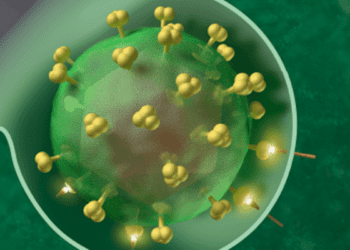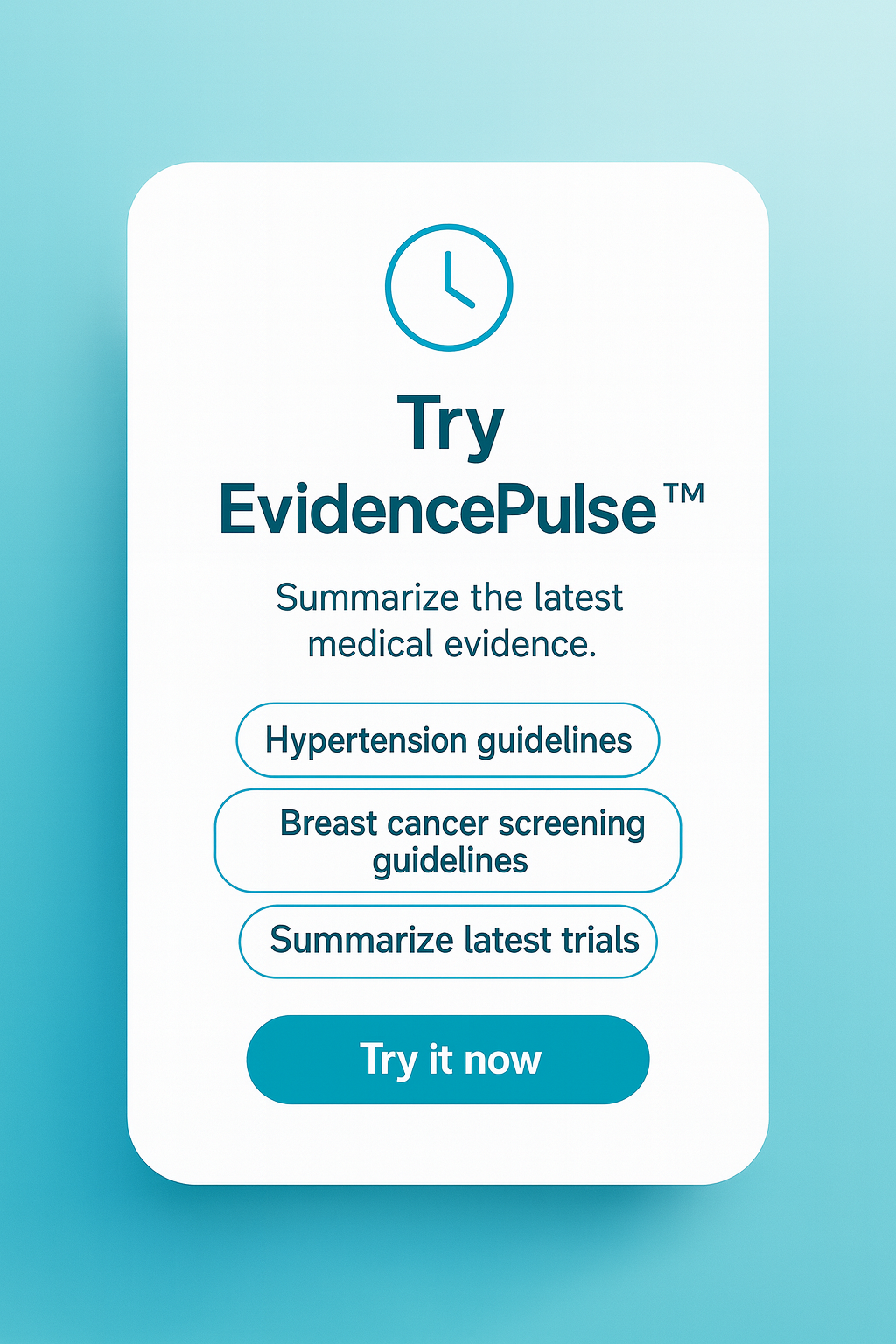Fortification of breast milk with preterm formula powder vs human milk fortifier in preterm neonates
1. Fortification of expressed breast milk with preterm formula was found to be non-inferior to human milk fortifier with regards to short-term weight gain among preterm neonates.
Evidence Level Rating: 1 (Excellent)
Because expressed breast milk (EBM) is not sufficient to meet the high nutrient requirements of preterm neonates, many countries, especially low- and low-middle income countries, fortify it with human milk fortifiers (HMF). However, the prohibitively high cost and adverse effects of HMF limit its utility in resource-poor settings; as such, this study tested the hypothesis that fortification of EBM with preterm formula (PTF) is safer, more economical, and potentially a viable alternative. The study was conducted in Delhi, India, and neonates born at or before 34 weeks of gestation with a birth weight less than 1500 g were eligible. The primary outcome was the rate of in-hospital weight gain measured as gram per kilogram per day from the date of randomization to the day of discharge or 40 weeks postmenstrual age, whichever was earlier. 59 neonates were randomized to receive PTF fortification and 63 to receive HMF. The mean weight gain from the time of fortification until hospital discharge was 15.7±3.9 and 16.3±4.0 g/kg/d in the PTF and HMF cohorts, respectively (mean difference -0.5 g/kg/d, 95% CI -1.9 to 0.7). The lower bound of the 95% CI did not cross the prespecified noninferiority margin of 2 g/kg/d; thus, noninferiority of PTF was established. The gain in length and head circumference between the two cohorts was comparable. Additionally, the incidence of feeding intolerance among neonates in the PTF cohort was significantly lower (1.4 vs. 6.8 per 1,000 patient days, IRR 0.19, 95% CI 0.04 to 0.95). There was no difference in the rate of adverse outcomes like incident mortality or sepsis between the two cohorts. Overall, this study demonstrates that PTF is noninferior to commercial HMF with regards to short-term weight gain and growth and may be a more economical alternative.
Click to read the study in JAMA Pediatrics
Image: PD
©2021 2 Minute Medicine, Inc. All rights reserved. No works may be reproduced without expressed written consent from 2 Minute Medicine, Inc. Inquire about licensing here. No article should be construed as medical advice and is not intended as such by the authors or by 2 Minute Medicine, Inc.









